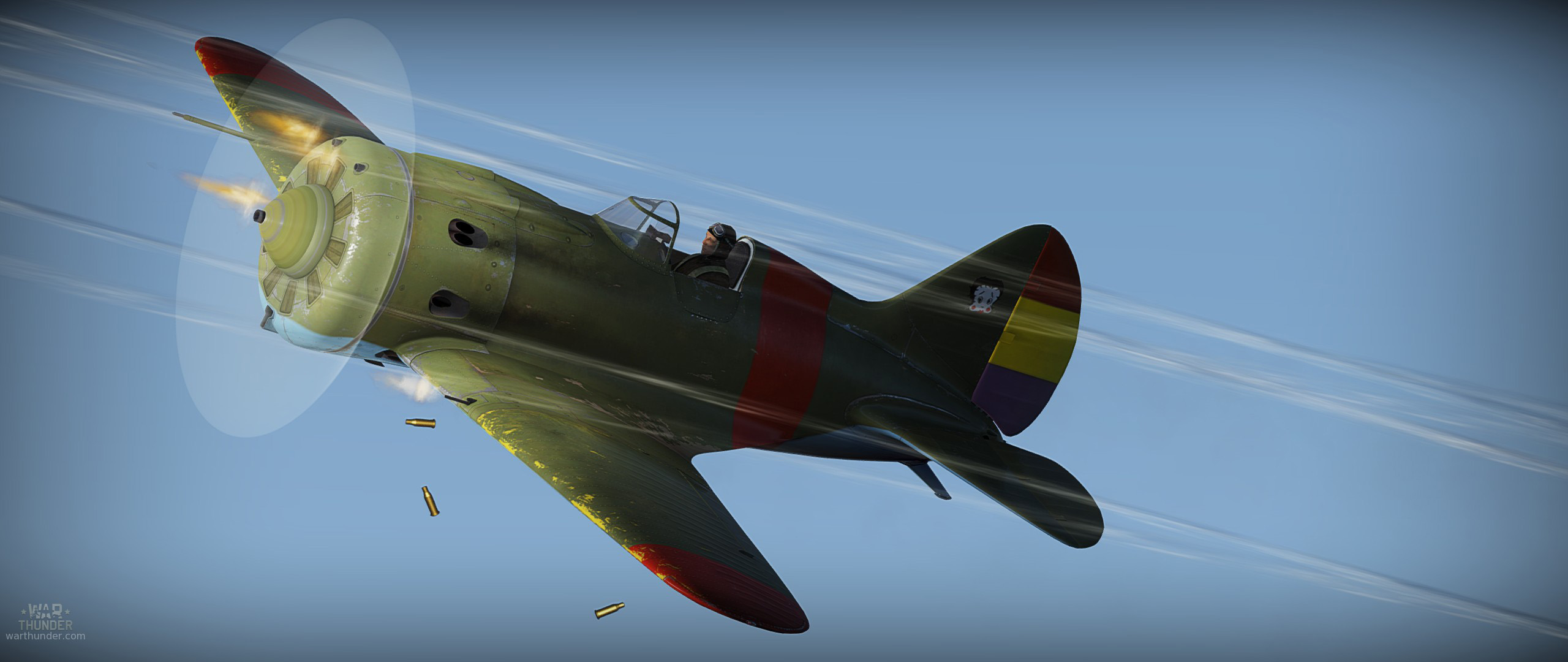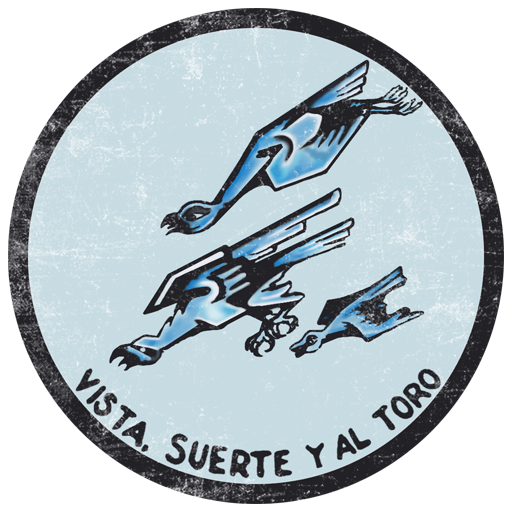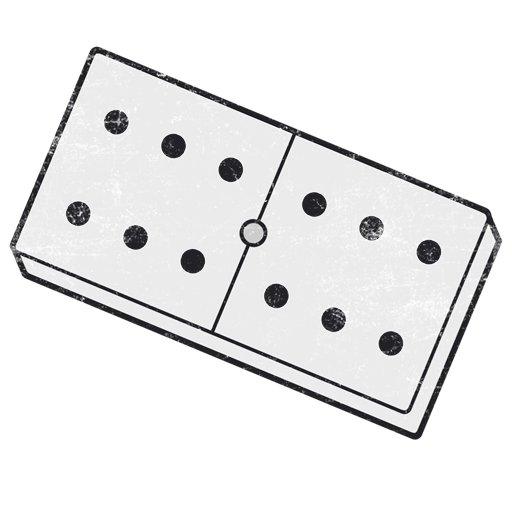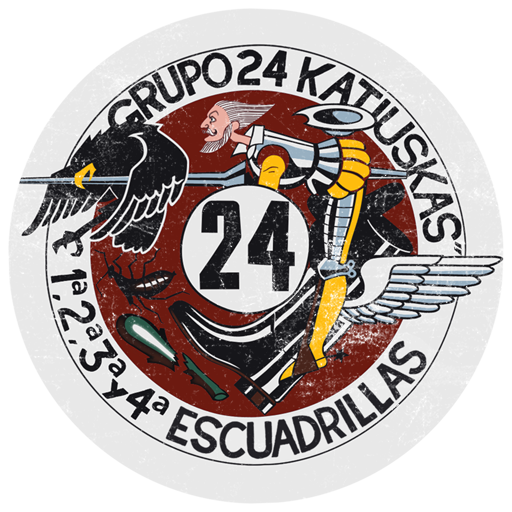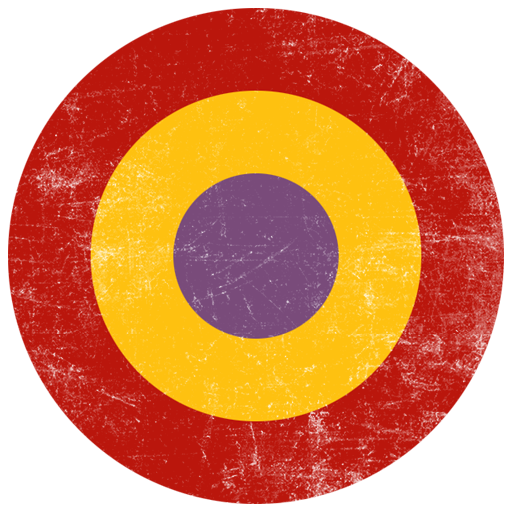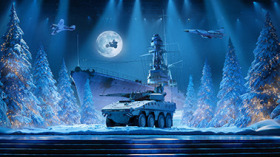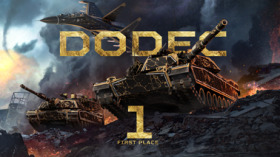
- For PC
- For MAC
- For Linux
- OS: Windows 10 (64 bit)
- Processor: Dual-Core 2.2 GHz
- Memory: 4GB
- Video Card: DirectX 11 level video card: AMD Radeon 77XX / NVIDIA GeForce GTX 660. The minimum supported resolution for the game is 720p.
- Network: Broadband Internet connection
- Hard Drive: 22.1 GB (Minimal client)
- OS: Windows 10/11 (64 bit)
- Processor: Intel Core i5 or Ryzen 5 3600 and better
- Memory: 16 GB and more
- Video Card: DirectX 11 level video card or higher and drivers: Nvidia GeForce 1060 and higher, Radeon RX 570 and higher
- Network: Broadband Internet connection
- Hard Drive: 62.2 GB (Full client)
- OS: Mac OS Big Sur 11.0 or newer
- Processor: Core i5, minimum 2.2GHz (Intel Xeon is not supported)
- Memory: 6 GB
- Video Card: Intel Iris Pro 5200 (Mac), or analog from AMD/Nvidia for Mac. Minimum supported resolution for the game is 720p with Metal support.
- Network: Broadband Internet connection
- Hard Drive: 22.1 GB (Minimal client)
- OS: Mac OS Big Sur 11.0 or newer
- Processor: Core i7 (Intel Xeon is not supported)
- Memory: 8 GB
- Video Card: Radeon Vega II or higher with Metal support.
- Network: Broadband Internet connection
- Hard Drive: 62.2 GB (Full client)
- OS: Most modern 64bit Linux distributions
- Processor: Dual-Core 2.4 GHz
- Memory: 4 GB
- Video Card: NVIDIA 660 with latest proprietary drivers (not older than 6 months) / similar AMD with latest proprietary drivers (not older than 6 months; the minimum supported resolution for the game is 720p) with Vulkan support.
- Network: Broadband Internet connection
- Hard Drive: 22.1 GB (Minimal client)
- OS: Ubuntu 20.04 64bit
- Processor: Intel Core i7
- Memory: 16 GB
- Video Card: NVIDIA 1060 with latest proprietary drivers (not older than 6 months) / similar AMD (Radeon RX 570) with latest proprietary drivers (not older than 6 months) with Vulkan support.
- Network: Broadband Internet connection
- Hard Drive: 62.2 GB (Full client)
Il-16 type 10 "Super-MOSKA" camouflage, Republican Air Force, Spain, Liria, April 1938, available in the game
Spain erupted into civil war on July 1936 with the popularly elected “loyal” Republican faction defending themselves against the rebel “true Spanish” Nationalist side. The opportunity to test their armed forces attracted Stalin, Hitler, and Mussolini to the war more than political and financial reasons and thus shaped the future of aircraft and air combat in the world war to soon follow.
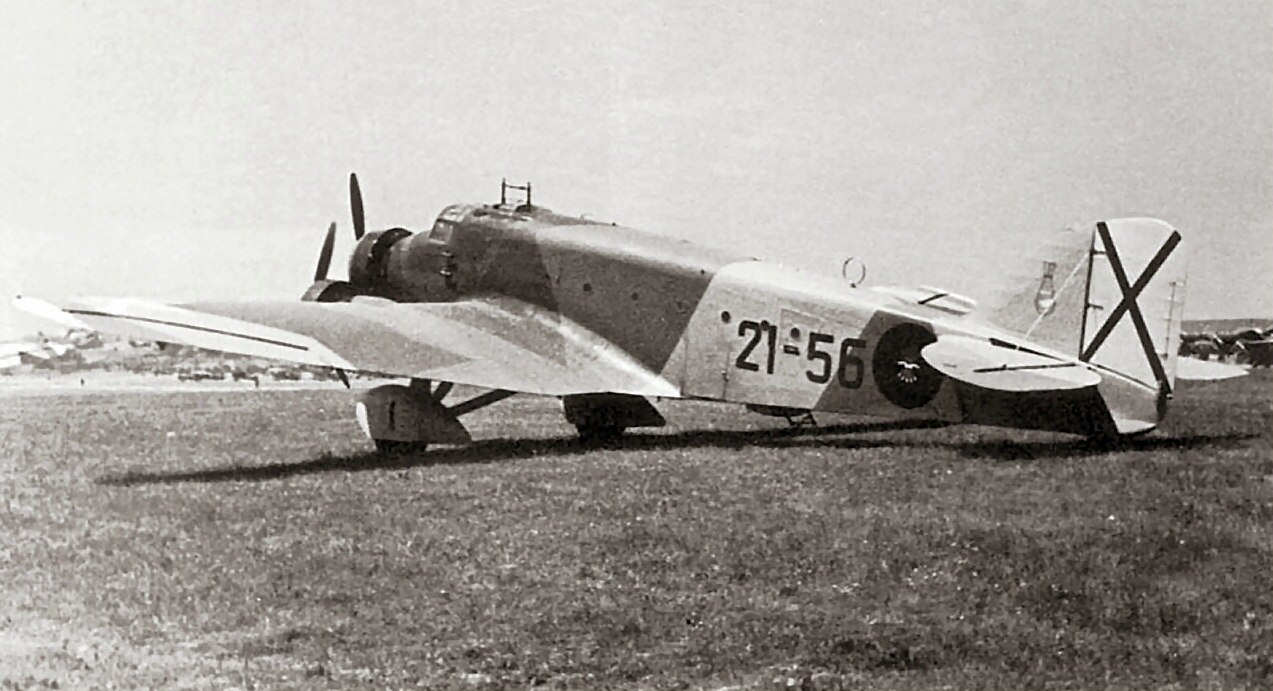 |
|
A Savoia Marchetti SM.81 of the 16-G-21, |
The Republican Air Forces were lead by Manuel Azaña and received support from Stalin. These had volunteers mainly from the USSR as well as Mexico, France, and a handful from America. At the beginning of hostilities they flew old obsolete types, soon completely outmatched by Nationalist forces. Early on the most advanced “combat” aircraft in service were impressed passenger airliners, including Douglas DC-2 and sole DC-1 both slightly faster than Nationalist fighters. The “Tupolev SB-2” - nicknamed “Katiuska” - arrived in October 1936 where its speed advantage made it nearly untouchable against Nationalist He-51 and Fiat CR.32 fighters, until the introduction of more modern aircraft. Soon after the “Polikarpov I-15” "Chato" (‘Snubnosed’) joined the conflict. The arrival of this fighter proved to be a huge boost for the Republicans as it was a substantial improvement and gave Republican pilots a chance to compete on far better terms. With it arrived “Polikarpov I-16” "Mosca" (Housefly) ("Rata" ‘Rat’ by Nationalists) allowing the Republican air forces to turn the tide; however due to limited numbers neither would dominate the skies over Spain. In early 1937 the Nationalists received the He 112 and Bf 109; still the small, maneuverable, I-16 proved to be a match despite being slower. A substantial number of other combat aircraft not modeled in game were also used by the Republican forces, including the Nieuport-Delage NiD 52 (fighter used by both sides), Dewoitine D.500/510 and D.371, Potez 54/540 and 25, Loire 46, Bloch 210, Breguet XIX, and Amiot 143.
The crews that flew for the loyalists were just as diverse, from locals to volunteers incorporating many nations all over the globe but mainly Russian where a number of aces were forged and helped the loyalists forge its own. Manuel Zarauza Clavero was one of those aces in Spain, an “exceptionally gifted pilot” and nicknamed “piloto fantasma” (flying ghost) because his short stature made him hard to see in the cockpit. With loyalist defeat he found himself without a country eventually finding a welcoming home in the Soviet Union among comrades. His skill was critically needed in the early days of the Great Patriotic War and earning several more kills, repayment in kind for their earlier help. Unfortunately a simple flying accident prevented from seeing that this time his side won.
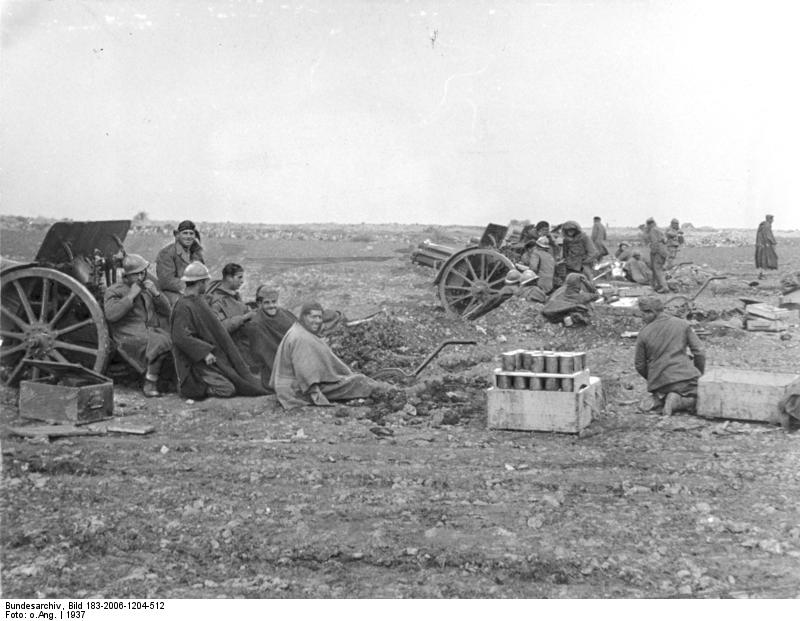 |
|
In the fields in front of Trijueque, the |
The Aviación Nacional (National Air Force) was led by General Francisco Franco with Hitler and Mussolini backing. All of their aircraft were painted in Spanish colors even if overwhelmingly crewed and maintained by non-Spanish personnel, either Condor Legion (German) or Aviazione Legionaria (Italian: Legionary Air Force). Although operating some obsolete Spanish aircraft it was substantial foreign support which ensured control of the skies. The Junkers Ju 52 (AI in game) was used from the start helping to transport rebel troops from Morocco to Spain in the first ever mass military airlift in history, later for a time as bombers. The Heinkel He 51 arrived soon after, helping control the skies until I-15’s arrived. In an effort to regain interest in the Heinkel He 112, prototypes and B variants were sent over, but failed to win new orders. The Heinkel He 111B and E “Pedro” on the other hand was not only a success, it prompted Spain to purchase rights to build the aircraft under license themselves as the CASA 2.111. Similar mixed results were experienced by Junkers with its Ju 86 a failure while its Junkers Ju 87A model successful. It was also the baptism of fire for the Messerschmitt Bf 109 which was flown by many future aces, including Galland and Molders, it too being built in Spain as the HA-1112. Italian contributions include twelve Fiat G.50s and a hundred Savoia-Marchetti SM.79 bombers, a tiny portion of the Italian total contribution.
Others not in game: Dornier Do 17E, F, P models, “Pablo” or “Bacalao” did well with Germans gaining valuable reconnaissance experience in F and P. The previously mentioned Junkers Ju 86 bomber, the successful Henschel Hs 123 bi-plane attack bomber, the militarized version of the record breaking Heinkel He-70 Blitz. The Aviazione Legionaria contributed substantially to the conflict, however most of these aircraft are not currently represented in game. The list includes 377 of the excellent Fiat CR.32 fighters, 13 Fiat BR.20 bombers, 64 Savoia-Marchetti SM.81 bombers, 12 Breda Ba.65 ground attack aircraft and many others such as CANT Z seaplanes.
Many veteran Spanish pilots joined National forces, with Joaquín García Morato already battled hardened from the Rif war. His first victory was in a Nieuport-Delage NiD 52’s and a few more in the He-51, but the vast majority were earned in the superior Fiat CR.32, some 36 out of 40 confirmed kills, but died in flying accident post war.
While the war ended 1st April 1939 with National forces in power, the only real victors of the terrible conflict was the Italians and particularly the Germans who gained the most experience.
Author: Joe “Pony51” Kudrna
In one of the upcoming updates, we will introduce the Spanish civil war decals:
Decals made by Jej 'CharlieFoxtrot' Ortiz and Colin 'Fenris' Muir
See you in the skies
